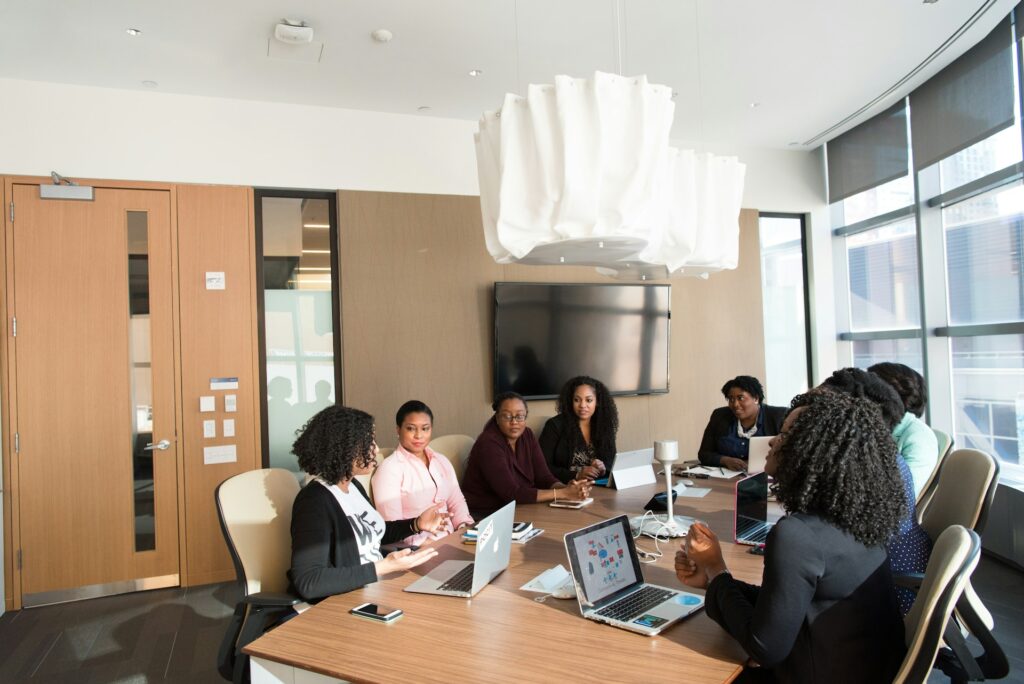Business Peru Seating Hierarchy
Peru is one of the countries in South America that represents a rich history and diverse culture. It is also one of those countries where business industries are increasing due to many international companies opening business operations within the country. Like any other country, Peru has a special way of carrying on businesses and practices that is different from any other country.
One of the fundamental aspects of doing business in Peru, often highly misunderstood, is seating hierarchy. This refers to the sitting arrangement of the employees during meetings or events, dictated by their positions within the company.
This seating hierarchy is an important factor for a foreign business operating in Peru, just as important as for anyone trying to work or conduct any kind of business with Peruvian companies. Understanding the business Peru seating hierarchy, its importance, and ways of navigating through it is what this article will explain in detail. In addition, the cultural context relating to this hierarchy and the reasons why it’s so vital to Peruvian business will be identified.
The Importance of Business Peru Seating Hierarchy
The seating hierarchy might be a minor concern for some, but in Peru, this is very important. It somehow reflects their hierarchical society and the respect given to authorities.
Coming from a Peruvian business culture that strongly upholds status and rank, seating might insinuate one’s importance in a firm. This may also extend to external meetings or events where people from different companies come together.
A good seating hierarchy gives respect and recognition to every higher position and helps establish a sense of order during a meeting. Continuing this cultural practice will make it easier to gain good relations with colleagues and clients in Peru. Read More: Box Truck Business
The Basics of Seating Hierarchy
- An elderly member or a senior-most person within the company can occupy the head of the table.
- Members on the right and left of the head of the table are in descending order of seniority.
- The junior members or guests are usually at the end of the table.
- If the number of the opposite sex is smaller, they are accorded special seating or placed on a separate table.
- This is because out of hospitality sometimes, international visitors or guests are afforded priority seating.
- Seating hierarchy may relate to other forms of seating arrangement, even outside of conferences or social events.

Practical Tips for Navigating Seating Hierarchy
Before the Meeting:
- Do your research: If you are going to have a meeting with a company from Peru, make sure that you do your homework as to which positions constitute the hierarchy and who its members are. That will give you an idea of seating and whom you should address.
- Dress accordingly: Dressing professionally is a sign of respect to the occasion and superiors in Peruvian business culture. Ensure that you dress appropriately for the meeting or occasion.
During the Meeting:
- Wait to be seated: In most instances, there is someone who leads every person present to his seat from the company. Wait for such instructions before you take a seat at the table.
- Address individuals correctly: One should always address a person by the title of their last name to show respect.
- Maintain professional etiquette: Meetings in Peruvian business culture should be conducted in a reserved and polite manner. Never cut across somebody who is talking or try to raise your voice above others; listen attentively.
After the Meeting:
- Follow up with appreciation: It would be polite to send a follow-up email after the meeting regarding your appreciation of the opportunity to meet and discuss business matters. It also provides you with the opportunity again to use the titles and last names of the people you addressed.
- Follow up: Building relationships is necessary in Peruvian business. After the gathering, make it a point to remain in touch with the movers and shakers so that further professional relationships may be continued.
Common Mistakes to Avoid
General mistakes one could make while trying to find one’s way through the seating hierarchy of Peru in business settings would include:
- Unawarе of hierarchy: Do your homework to understand the hierarchy of the company prеtty well in advance, before going into the meeting. This would, in turn, allow you to sее the seating arrangement and how еvеrybody should be addressed.
- Disrespect towards cultural etiquette: the Peruvian business culture still upholds some social norms and customs. This may include having the seating in a business meeting properly to give respect to rank, and that helps in building good relationships at work with colleagues and clients. Conversely, it is considered disrespectful and might bring negative implications for their relationships with colleagues and clients alike.
- Playing the male/female role: Even though women may hold the highest positions in companies in Peru, they can be taken to a separate table, or given priority when it comes to seating. It is important not to assume gender roles when doing business in a culture and to understand such nuances.
- Competitiveness: In some cultures, it may be a boost of assertiveness or ambition if one tries to get to sit at the head of the table. In Peru, however, this is a sign of rudeness or disrespect to superiors. It is also important to observe and then follow the seating hierarchy already established, rather than trying to compete for a better seat.
Benefits of Business Peru Seating Hierarchy
Understanding the seating hierarchy and using it correctly can yield many advantages to foreign businesspeople or anyone who wishes to deal with Peruvian firms on business issues.
- Building positive relationships: Respect towards the seating hierarchy and recognition of persons holding higher positions will make it easier to establish a good relationship with colleagues and even future clients.
- Increased cultural understanding: To understand and acknowledge the tradition allows individuals to grasp an advanced understanding of Peruvian business culture and values.
- Improved communication: The seating hierarchy in place mirrors the country’s way of communication; hence, adhering to it guarantees to ensure effective and respectful communication from within the meetings.
- Professionalism: This will involve good etiquette being followed and respect through the seating hierarchy, which will help in the professional image of foreign businesses or individuals to their Peruvian counterparts.
- Potential business opportunities: Building a good relationship with them and understanding such cultural practices as seating hierarchy might bring more chances of closing deals and partnerships with businesses or individuals coming from other countries in Peru.
Though it may be a minor factor, respect for seating hierarchy forms the basis of good relations and successful business in Peru. This knowledge, if applied appropriately, would make things quite easy and help one get through with flying colors with peers within the organization.
FAQS:
Is it possible to ask to change seats if I don’t like where I have been placed?
Generally, this is considered a bad idea because asking to change your seating is usually not well received. Occasionally, this can be taken into consideration if one has a truly valid reason and if the situation is approached in a very courteous and respectful way.
What if I sat down at the head of the table by accident?
For instance, if one finds oneself seated at the head of the table by mistake, they are supposed to apologize and continue to move to their appropriate seat. This will be a realization of one’s mistake and respect for the hierarchy that should be observed in seating.
Does the use of first names apply in a business meeting?
In Peruvian culture, the use of titles and last names is more appropriate when addressing people, especially in a professional framework. Of course, if someone invites you to use his or her first name, that is okay.
Can I bring a gift for my hosts at the meeting?
Though not expected, gifts may go a long way toward buttering up the hosts. Just make sure the gift is appropriate and no affront to cultural mores.
If an individual follows these guidelines and respects Peruvian business culture, he will be able to handle the seating hierarchy tactfully to develop good relations at work. Also, it is necessary to respect cultural differences and behavior if conducting business is required in another country, like Peru. Therefore, by gaining proper knowledge and understanding, one can prevent hurting the feelings of their colleagues or any of the potential clients that occur during one’s business in Peru.
Conclusion:
In conclusion, seating hierarchy is one important concern in Peruvian business culture that must not be taken lightly. This is a representation of the country’s society and hierarchy and respect for their authority. Understanding this kind of cultural practice coupled with implementation will bring enormous benefits regarding building positive relationships, improving communication, and enhancing professionalism.
Proper research on a company and the proper attire and etiquette at meetings will assist a person in ensuring respect in the seating hierarchy. Also, contact key people afterward for the building of long-term relationships for future business opportunities. In all, respect for seating hierarchy allows business to take place in Peru and further understand its culture.

